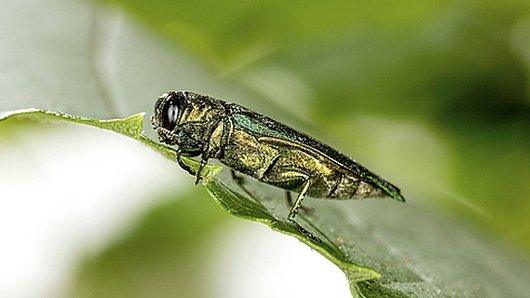Ash tree genome sequenced for first time
- Published
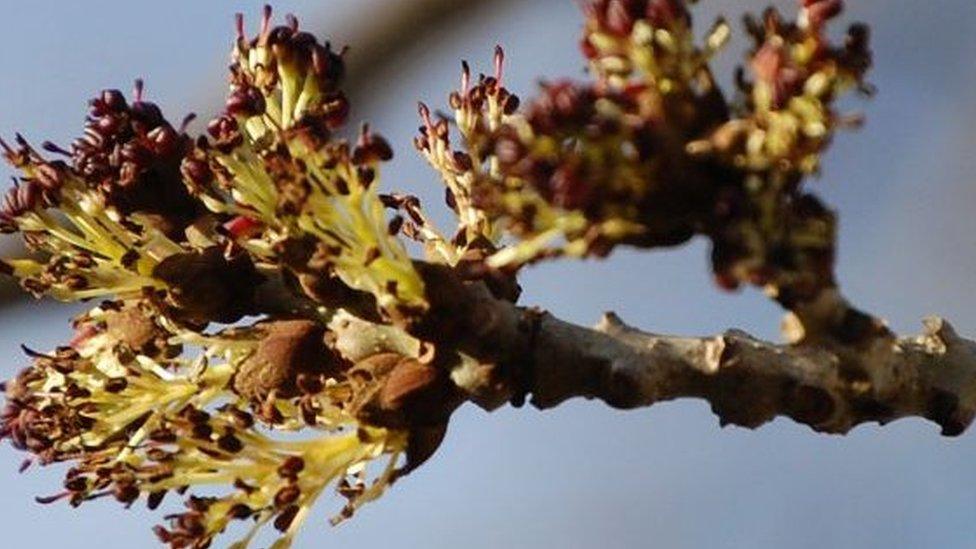
The issue of biosecurity is set to become increasingly important to prevent alien invasive pathogens entering the UK habitat
The genome of the common ash (Fraxinus excelsior) has been sequenced for the first time - an important step in the battle against ash dieback disease.
Researchers, writing in Nature, found UK ash trees seemed to have more tolerance than Danish trees, which were devastated by the fungal pathogen.
The disease reached the UK's wider environment in October 2012.
However, the scientists warned that the species faced another serious threat - the emerald ash borer insect.
"We sequenced an ash genome for the first time and... compared it to other plant genomes and we found that a quarter of the genes were unique," explained co-author Richard Buggs from the School of Biological and Chemical Sciences at the Queen Mary University of London.
"This really underlined why we needed to do the project, because there is so much of the ash that seems to be unique to the [species]."
Dr Buggs, the head of plant health at Royal Botanical Gardens Kew, told BBC News that fellow members of the team from the University of York used the data to compare UK specimens with ones from Denmark, where the disease had been present for two decades and had decimated the country's population of ash trees.
"[They] found evidence that ash trees in the UK could harbour lower levels of susceptibility to ash dieback than trees in Denmark," he said.
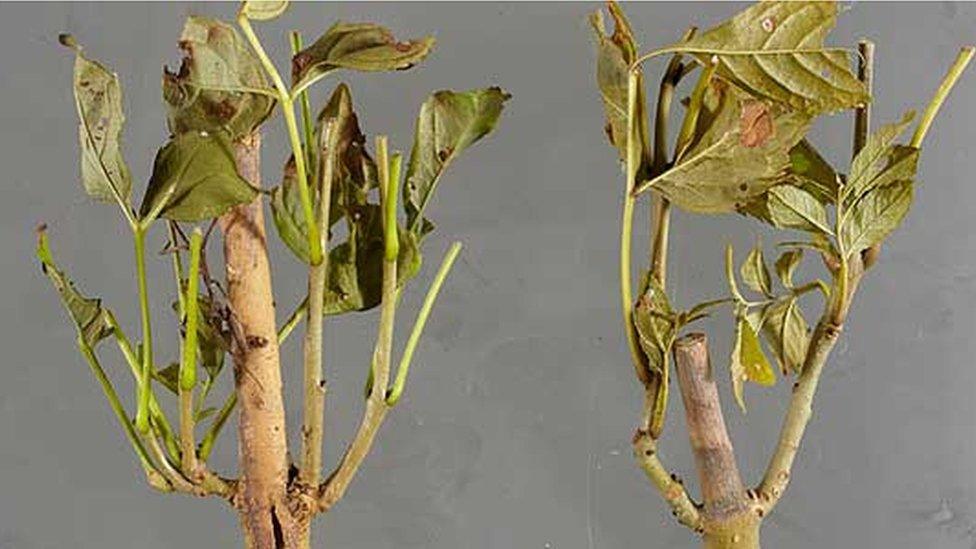
Young and susceptible ash trees quickly succumb to the pathogen
Ash to ash - the spread of a pathogen:
After being first reported in Poland, a large number of trees in northern Europe have become infected with the fungus Hymenoscyphus fraxineus.
Symptoms on infected trees include leaf loss, lesions in the wood and on the bark and ultimately the dieback of the crown of the tree. Young trees can succumb to the pathogen in just one growing season, while older trees take several years to die.
In October 2012, the fungal pathogen arrived in natural woodland on the East Anglian coast. It prompted widespread concern among scientists and politicians.
Following the arrival of ash dieback on these shores and the acceptance that the disease will not be eradicated, the government listed bio-security as one of its environmental priorities in order to prevent future accidental invasions of alien pathogens.
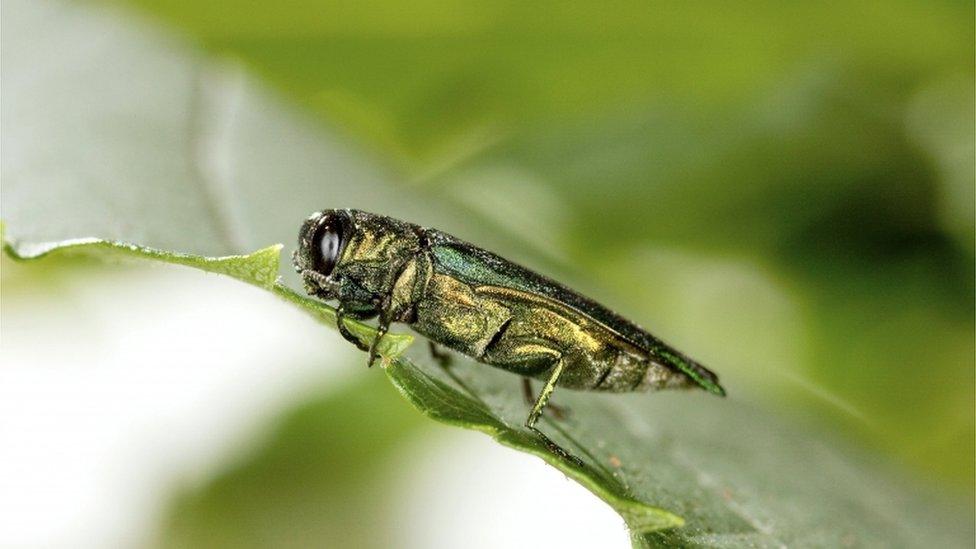
The widespread devastation caused by the emerald ash borer could cost the US economy $10 billion by 2020
Dr Buggs observed: "If it turns out that there's more trees in the UK that have low susceptibility to ash dieback then that's really quite good news for us... because, ultimately, we would like to breed trees that are completely resistant to ash dieback."
"If we already have native trees with low susceptibility then it's quite promising."
Dr Buggs said he did not think that ash dieback posed a threat to UK ash trees on a scale similar to the devastating impact that Dutch elm disease had upon the UK's elm population as the genetic diversity among the nation's ash trees was greater than the one in the elm trees.
However, the team warned that the species faced another serious threat. The emerald ash borer, a small beetle, was first discovered in the Moscow area in 2007 and is a pathogen that is cause for serious concern among experts.
Since the turn of the century, the beetle has killed tens of millions of trees in North America and is expected to have cost the US economy $10 billion by 2020.
Research from the universities of Exeter and Warwick, also published in Nature, found that trees that had a higher degree of resistance to ash dieback had lower levels of a chemical compound that are known to deter insects.
"Our research highlights the danger of selecting trees for resilience to ash dieback at the expense of resistance to insects that threaten this iconic UK tree species," explained co-author Dr Christine Sambles from the University of Exeter.
Dr Buggs added: "I think that's why we need really tight bio-security going forward."
Following the arrival of ash dieback in the UK, the Environment Secretary at the time, Owen Paterson, listed bio-security as one of his department's priorities.
It was a position that was restated by his successor, Liz Truss.
Dr Buggs said that it was important that UK bio-security remained high on the agenda during Brexit negotiations and that the issue did not get trumped by trade deals.
"We do need to have increased plant bio-security measures in a post-Brexit Britain rather than decreased security," he warned.
Follow Mark on Twitter, external
- Published10 November 2012
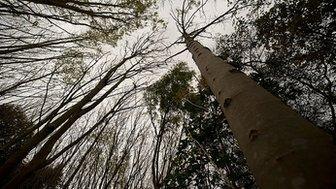
- Published7 November 2012
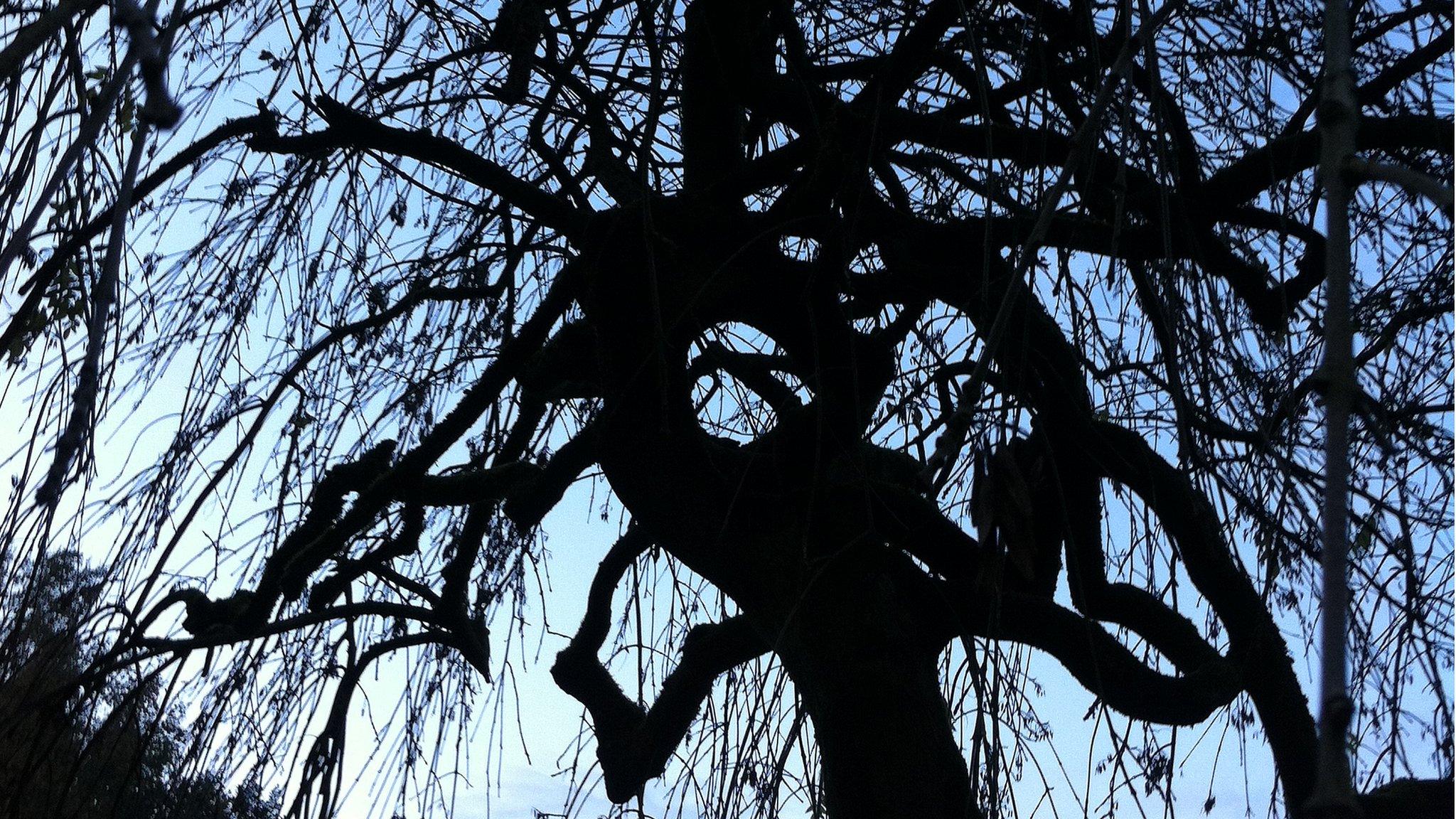
- Published23 October 2013
